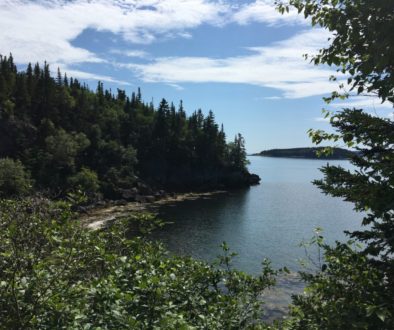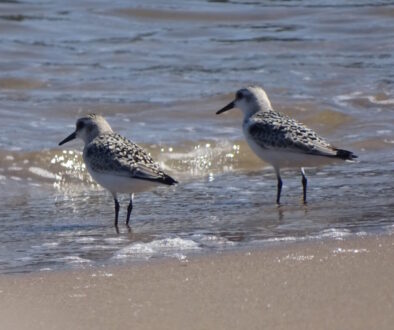NB Forest Strategy a Welcome Step for Conservation – Looking Forward to Action on Protected Areas
The Canadian Parks and Wilderness Society (CPAWS) welcomes the release of the updated Forest Strategy from the New Brunswick Department of Energy and Resource Development. While there are still gaps in this plan, we are looking forward to concrete action on protected areas. CPAWS NB is encouraged that the strategy will re-instate conservation policies (over five years) for some old forests and wildlife habitats that lost those protections in 2014. The strategy recognizes the importance of the long-term conservation of biodiversity, and the need to involve and respect the knowledge and rights of Indigenous Peoples.

Roberta Clowater, Executive Director of CPAWS’s New Brunswick Chapter, says, “This Forest Strategy is a positive indicator of movement in the right direction for conservation. We are pleased that government has listened to those ecologists, wildlife groups, Indigenous Peoples and environmental organizations who made the case for increased conservation. We are cautiously optimistic that this shows stronger intention for habitat conservation, and protecting water quality and the forests’ role in flood prevention. However, we should note that it slowly returns habitat conservation to 2012 levels and is not an advance in on-the-ground conservation by itself. CPAWS encourages the government to go even further with their plans regarding climate change and forests, making sure that the resilience of the forests is paramount in all forest management decisions.”
Governments have been eroding protection of forest habitats. In 2012, the provincial government reduced the level of conservation forest from 31% of Crown forests to 28%. In 2014, against the advice of wildlife ecologists, that number was reduced even further to 23%. As a result, many of the provinces old growth forests have been lost to five years of forest cutting and road-building. Wildlife that need old forests, such as flying squirrels, American marten and pileated woodpeckers, have been put at risk.
“To protect the nature in our forests, more of the so-called “conservation forest” needs to be in protected areas. This Forest Strategy does not tell us what level of protection the habitats will be given. A modern Forest Strategy needs to have a serious insurance policy of significant areas where nature is permanently protected from industrial development,” says Roberta Clowater. “This would also help New Brunswick address the commitment Canada has made to protect 17% of its landscape by 2020.”
To date New Brunswick has protected only 4.6% of the province and needs to add more.
The Forest Strategy includes plans to increase transparency about the state of New Brunswick’s forests. While this is a positive move, it means the public will find out after the fact about the impacts of forest harvesting on habitats, water or other values. CPAWS New Brunswick believes the Strategy needs to actively promote cooperation among governments, Indigenous Peoples, industry, NGOs, researchers and the tourism sector. Together, with public input, we can develop forest management plans that manage risks, protect a wide range of forest values, and have consistent ways for the public to be involved.
-30-
For interviews, contact: Roberta Clowater, rclowater@cpaws.org ; phone: 506-452-9902
Roberta Clowater, Executive Director of CPAWS NB, interviewed on CBC Radio program “Shift”, Aug. 14, 2018


